Create Your Own Board Game: Custom Design and Printing Guide
 Jun 05,2025
Jun 05,2025

 SESE
SESE
Create Your Own Board Game: Custom Design and Printing Guide
Board games continue to thrive in the digital age, offering immersive, tactile experiences that bring friends and families together. If you’ve ever dreamed of creating your own board game—whether for fun, education, brand promotion, or profit—this guide will walk you through every step of the process, from concept to custom printing.
1. Why Create a Custom Board Game?
Creating your own custom board game is more than a creative pursuit — it's a powerful way to bring unique ideas to life, whether for fun, education, or business. Here’s why custom board games are becoming increasingly popular:
Express Your Creativity
Designing a board game gives you the freedom to create original themes, characters, mechanics, and artwork. Every component—from the game board to the tokens—can reflect your unique vision through personalized design and printing.
Perfect for Gifts and Events
Custom board games make unforgettable gifts for birthdays, weddings, anniversaries, and holidays. They're also excellent additions to parties, team-building events, or classroom activities, offering personalized entertainment that goes beyond store-bought games.
Build Your Brand
Businesses are using custom board games as creative promotional tools. You can incorporate your brand story, logo, and values into a game format, making your marketing both fun and memorable. With custom printing, every game component can be professionally branded.
Educational and Training Purposes
Educators and trainers are designing custom games to teach complex subjects in an engaging way. Whether it’s for students or corporate training, printed games offer interactive learning that encourages participation and retention.
Stand Out in the Marketplace
Indie game designers and startups can break into the market with a unique product. With high-quality custom printing, your board game can look just as polished and professional as those from major publishers—making it ready for crowdfunding, retail, or online sales.
Total Design Control
From card thickness and dice design to box finishes and rulebooks, you control every detail. Custom printing allows for options like spot UV, foil stamping, linen texture, magnetic boxes, and more—ensuring your final product matches your vision exactly.
2. Game Concept and Planning
Define Your Game’s Purpose
Start by asking: what is the goal of your game? Is it for fun, education, team-building, or marketing? Clarifying your purpose helps guide every design decision and printing choice.
Choose a Game Type
Select a format that suits your theme and audience:
-
Strategy Games – Competitive with deep decision-making
-
Party Games – Fast-paced and group-friendly
-
Educational Games – Designed for learning outcomes
-
Cooperative Games – Players work together to win
-
Trivia or Card-Based Games – Quick and replayable
Each type has different component needs, which directly affect custom printing specs.
Identify Your Target Audience
Consider the age group, player count, and experience level of your audience. A family-friendly game may require larger text, bright colors, and durable materials, while a complex game for adults might benefit from matte finishes, detailed tokens, and rulebook inserts.
Outline the Game Mechanics
Define how the game works:
-
Turn structure (e.g., rounds, time limits)
-
Win conditions (e.g., points, objectives)
-
Player interaction (e.g., trading, battling, collaborating)
-
Random elements (e.g., dice, shuffled decks)
Keep mechanics consistent and easy to follow. A clear structure will translate into a smooth layout during the printing phase.
Prototype Early
Before committing to custom printing, build a rough version of your game with simple materials. This lets you test gameplay, refine rules, and spot flaws in layout or pacing. Once you're confident, you can start designing the custom-printed version.
Consider Print-Ready Specifications
-
Board and box dimensions
-
Number of cards and tokens
-
Graphic layout space
-
Packaging and insert needs
Planning these early ensures a smoother transition to production—and avoids costly redesigns later.
3. Designing Your Board Game Components
Once your game concept is in place, it’s time to bring it to life through the design of each physical component. Every piece of your board game can be customized to reflect your theme, enhance gameplay, and deliver a premium tactile experience. Here's how to approach the key elements:
Game Board
Layout: Choose between a flat, folding, or modular board depending on your game style and storage needs.
Size & Shape: Standard or custom dimensions based on gameplay area.
Materials: Sturdy grayboard or chipboard with a laminated finish to ensure durability.
Printing Options: Full-color CMYK printing with options for gloss or matte lamination, linen textures, or spot UV for visual impact.
Game Cards
|
|
|
|
Sizes: Standard poker (63x88mm), bridge (57x87mm), mini, or custom sizes.
Material: 300–350gsm coated paper with smooth or textured finishes.
Finishes: Gloss, matte, or soft-touch lamination; rounded corners; foil stamping for premium feel.
Double-Sided Print: Ideal for action cards, trivia, or instruction decks.
Tokens, Coins & Custom Pieces
Materials: Choose between cardboard punch-outs, wood, plastic, or metal.
Shape & Color: Fully customizable via die-cutting and color printing to match your theme.
Custom Icons or Logos: Print your own symbols or branding on tokens for added identity.
Dice
Types: Standard six-sided, polyhedral sets, or fully custom shapes.
Printing Options: Engraved, pad-printed, or custom-molded with your game icons or numbers.
Colors: Full customization with colored pips, marbling, or translucent effects.
Game Box
|
|
|
|
|
Lift-off Lid Box |
Magnetic Closure Box |
Tuck Box |
Drawer Box |
Styles: Telescopic/lift-off lid (most common), magnetic closure, tuck box, or drawer box.
Structure: Include inserts or trays for organized storage.
Printing Options: CMYK full-color with special finishes like foil stamping, embossing, spot UV, or soft-touch coating to create a standout look on the shelf.
Rulebook or Instruction Sheet
|
|
|
|
Folded Leaflet |
Stapled Booklet |
Single-page Guide |
Formats: Folded leaflet, stapled booklet, or single-page guide.
Size: Match the box or fit neatly under game components.
Print Quality: Use high-resolution diagrams and easy-to-read fonts; custom print options like gloss or matte paper elevate the user experience.
Additional Accessories
Game Mats: Printed fabric or rubber mats for card-based games.
Spinners, Timers, Score Pads: Fully printable with your game’s graphics.
Packaging Inserts: Custom die-cut trays or foam inserts for organizing components.
4. Custom Printing: What to Consider
Once your board game components are fully designed, custom printing brings your creation to life. Choosing the right printing options is crucial to ensure durability, visual appeal, and a high-quality player experience.
Print Quality and Color Accuracy
Use CMYK full-color printing for rich, vibrant visuals.
Ask for color proofs or samples to verify artwork accuracy.
Consider PMS color matching for brand consistency or specific tones.
Material Selection
Each component requires suitable material:
Game boards and boxes: Thick grayboard or chipboard (often 1.5–2.5mm)
Cards: 300–350gsm art paper with core layers to prevent see-through
Tokens: Die-cut cardboard or custom plastic/wood
Rulebooks: 80–150gsm coated or uncoated paper for readability
Material choice impacts the tactile feel and durability of the final product.
Finishing Options
Enhance the appearance and durability of your game with premium finishes:
Lamination (gloss, matte, or soft-touch) for protection and texture
Spot UV to highlight key elements like logos or titles
Foil Stamping (gold, silver, holographic) for a luxury look
Embossing/Debossing for texture and depth
Custom Die-Cutting and Shaping
Design unique shapes for:
Tokens
Cards
Box inserts
Stickers or score sheets
Custom die-cuts set your game apart from standard formats and improve playability.
Box Design and Insert Layout
Choose a box size and style that fits all components securely.
Include plastic or cardboard inserts for easy organization.
Consider magnetic closures or custom sleeves for a premium feel.
Make sure your packaging is both functional and visually striking to enhance shelf appeal.
File Preparation
Ensure your artwork is print-ready:
Use high-resolution (300 DPI) images.
Include bleed and safe zones in design files.
Save files in compatible formats (AI, PDF, PSD, etc.).
Use vector files for logos and icons to ensure sharp printing.
Most printing providers offer dieline templates—follow them precisely to avoid delays.
MOQ and Production Timeline
Ask about Minimum Order Quantity (MOQ)—some custom printers start at 500 units, others offer short runs (100–200 units).
Plan ahead for a production timeline of 3–8 weeks, depending on complexity and order volume.
Certifications and Safety
Especially important for children’s games:
Use eco-friendly inks and non-toxic materials.
Confirm safety certifications like EN71, ASTM F963, or CPSIA if your game targets young audiences.
5. Working with a Professional Printing Company
Creating a high-quality board game requires more than just a great concept — it demands expert printing that brings your vision to life with precision and durability. At Sese Printing Company, we specialize in professional board game printing services tailored to meet your exact specifications.
Why Choose Sese Printing for Your Board Game?
Premium Quality Materials: From sturdy game boards and thick, vibrant cards to custom dice and packaging, we use only top-grade materials to ensure your game lasts through countless play sessions.
Advanced Printing Technology: Our state-of-the-art printing processes guarantee sharp, colorful images and crisp text, enhancing the player experience and making your game stand out.
Custom Options: Choose from a wide range of sizes, finishes, and packaging solutions that fit your game’s unique style and target audience.
Efficient Production & Delivery: We understand the importance of deadlines and ensure your order is produced and shipped promptly, without compromising on quality.
Please Note:
Sese Printing specializes exclusively in printing and production. We do not provide design services. We encourage clients to submit print-ready files created by professional designers or design teams to ensure the best final product.
Partner with Sese Printing Company to bring your board game to life with unmatched printing quality and reliability. Your vision, our craftsmanship.
6. Tips for a Successful Custom Board Game Project
Prototype First: Test with real users before final production
Budget Smartly: Plan for design, printing, and shipping costs
Focus on Usability: Clear rules, intuitive components, and balanced gameplay
Think Long-Term: Design with expansion or localization in mind
Leverage Feedback: Player insights can elevate your game dramatically
Promote Early: Build hype through social media or crowdfunding platforms
Conclusion





 Home
Home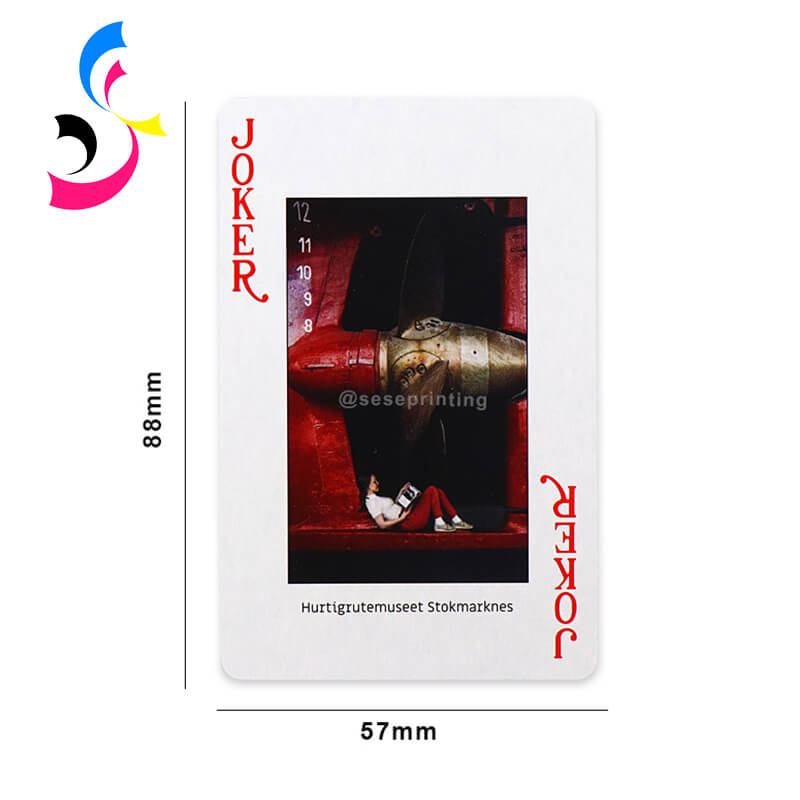
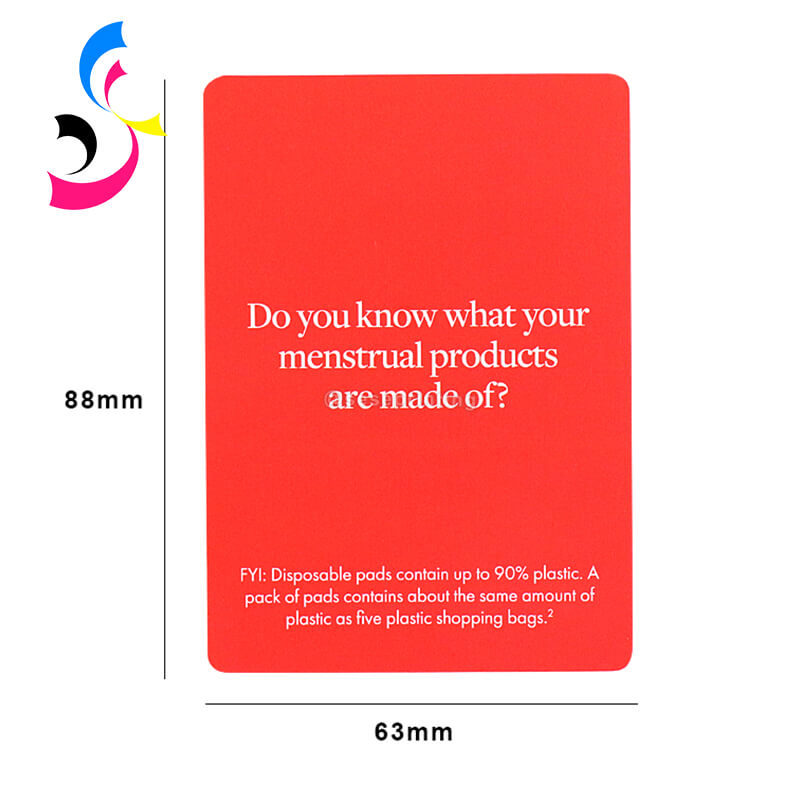

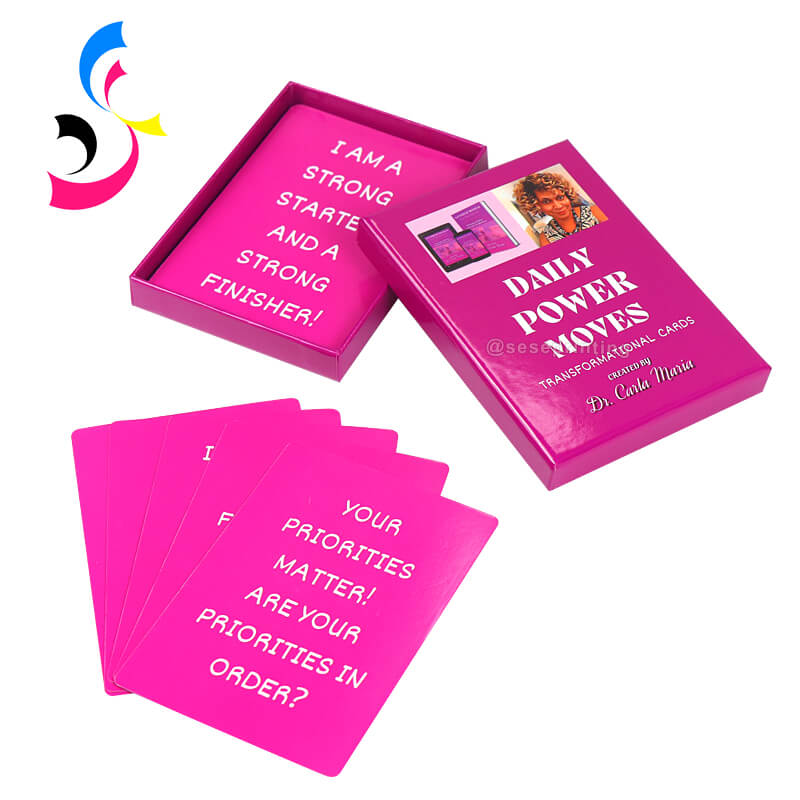
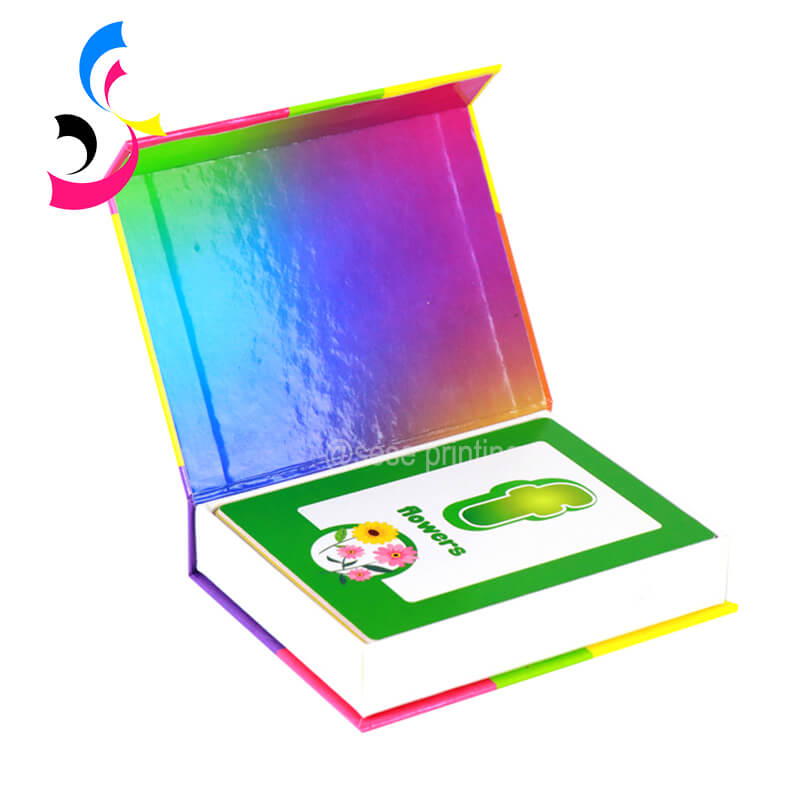
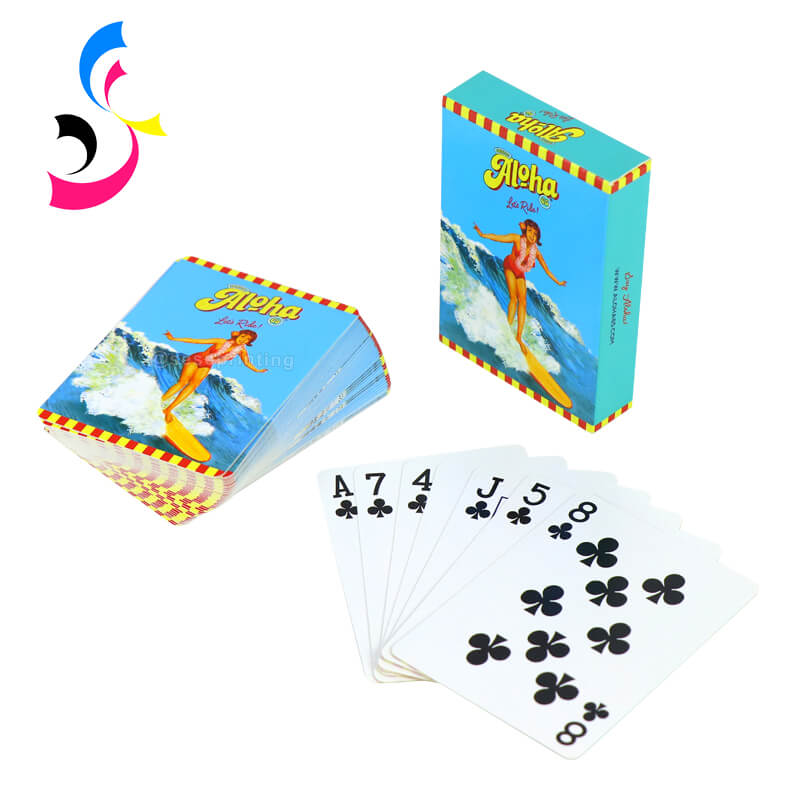
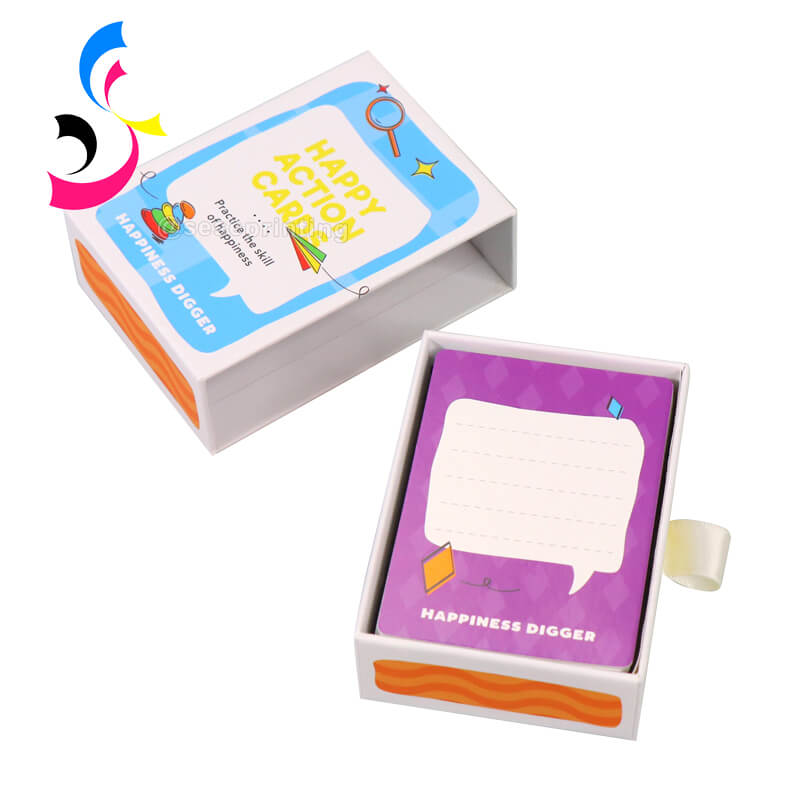
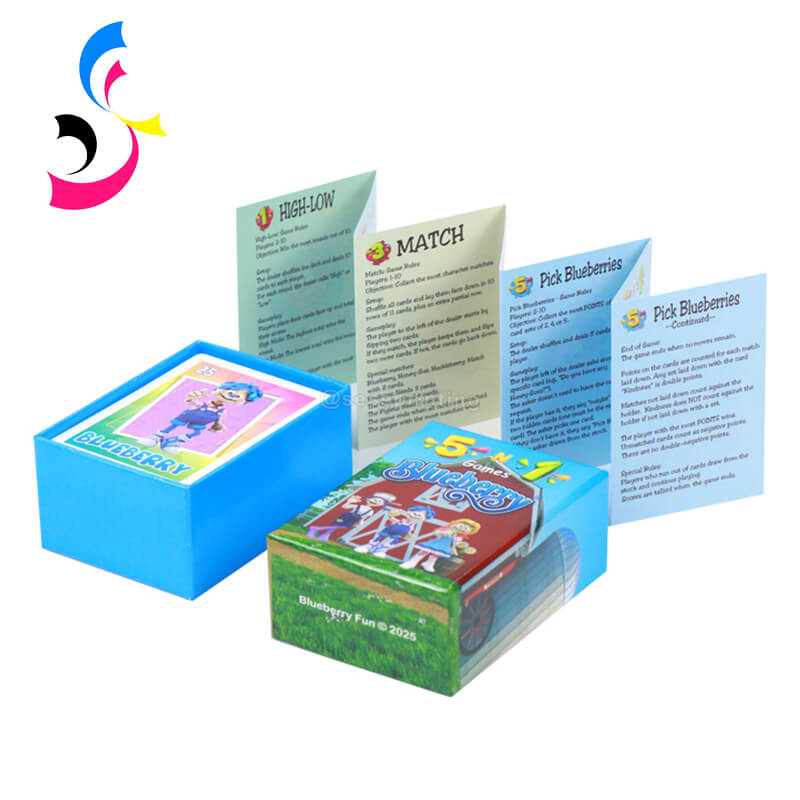
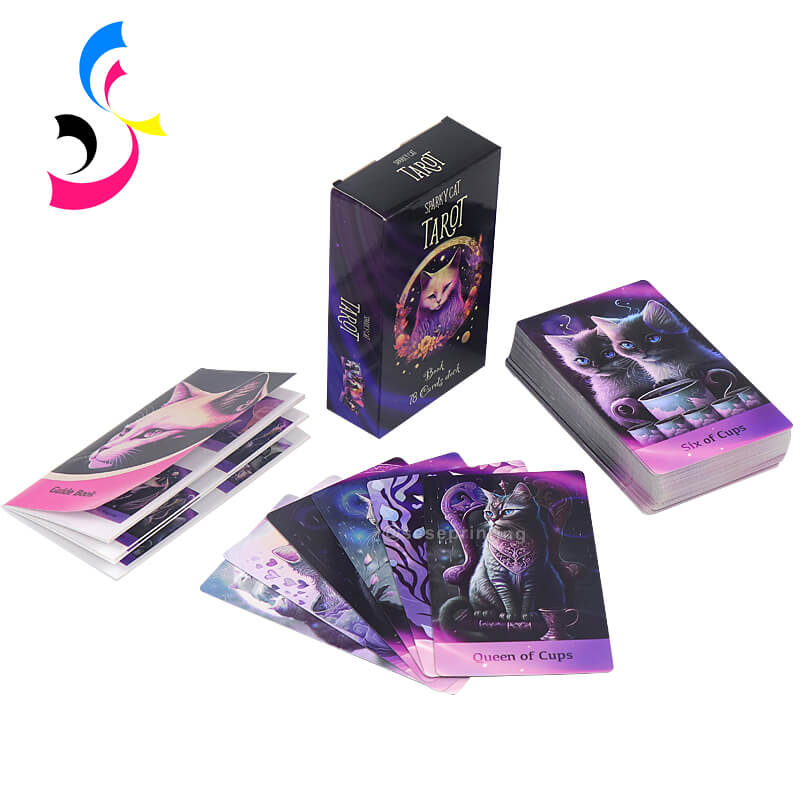
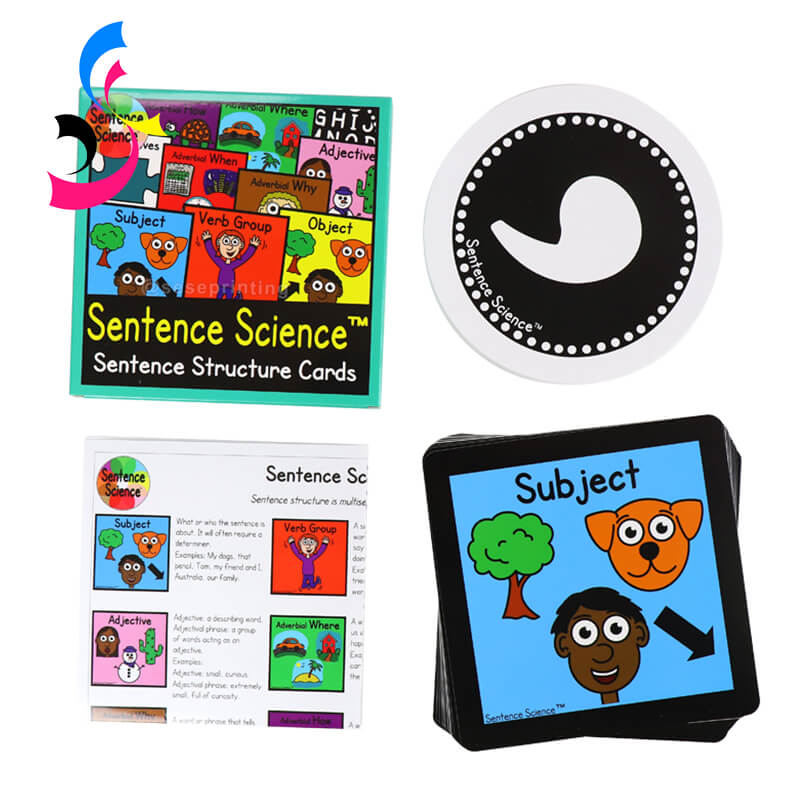
 How to Design and Print Your Own Journal?
How to Design and Print Your Own Journal?  You May Also Like
You May Also Like
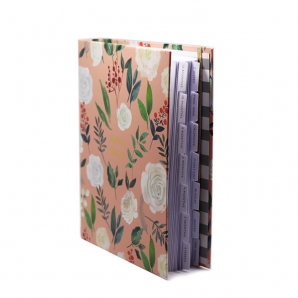

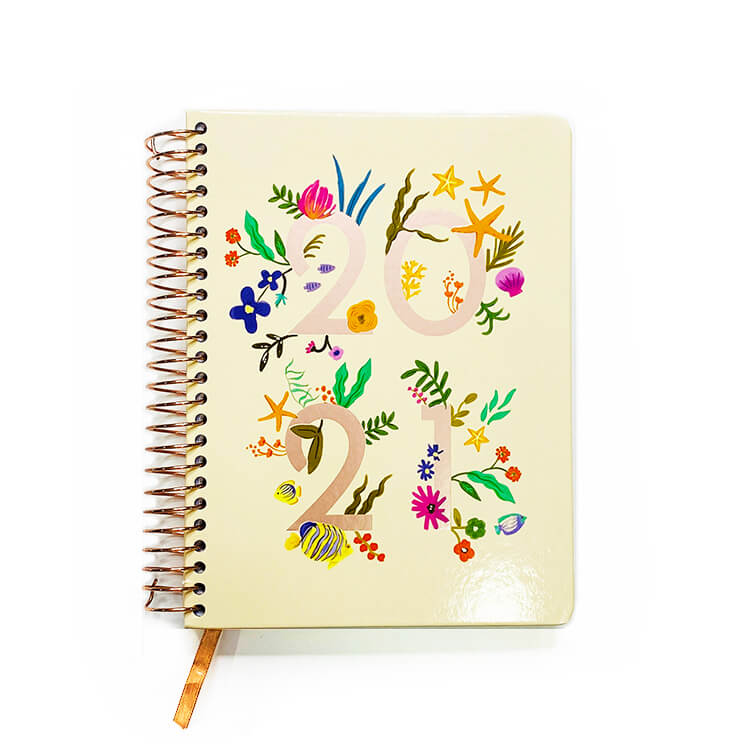

 Tel
Tel
 Email
Email
 Address
Address







